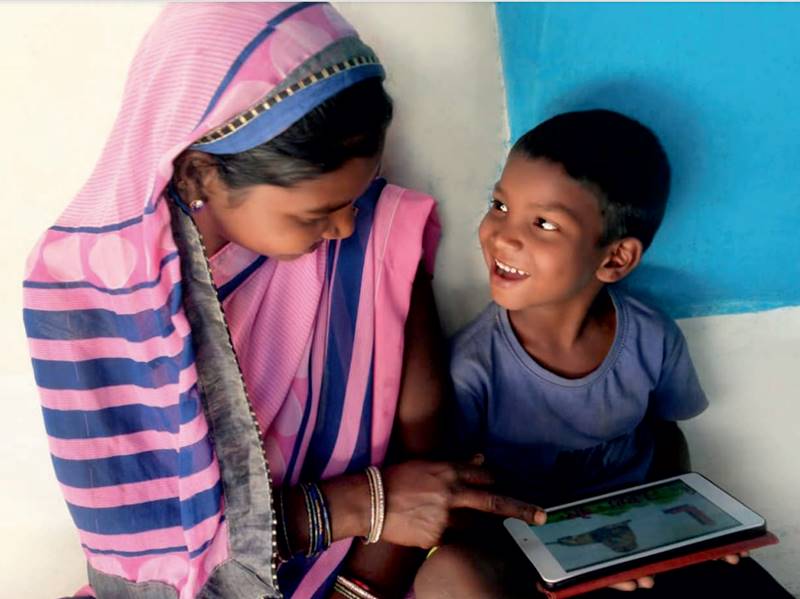A survey report shows smartphone ownership has increased in rural India but children’s access to it remains an issue. Smartphones became the key source of teaching-learning during the COVID19 pandemic when education moved to a remote model last year amid school closures.
The Annual Status of Education Report (ASER) Rural released today (November 17), shows 67.6 per cent of children in India had smartphones available at home. But, 26.1 per cent, that is almost every fourth kid had no access to it.
In 2018, the pre pandemic year, 36.5 per cent of children had a smartphone available at home. This number doubled to 67.6 per cent in 2021.
For instance, in 2018, 29.6 per cent of children in government schools had at least one smartphone at home. This increased to 56.4 per cent in 2020 and inreased further to 63.7 per cent in 2021.
ASER 2021 was conducted in 25 states and three Union Territories. As part of the survey, as many as 76,706 households and 75,234 children in the age group of 5-16 years, as well as teachers or head teachers from 7,299 government schools offering primary grades were interviewed. The survey was conducted by more than 3,000 volunteers while the data analysis was done by ASER and Pratham teams.
Also Read: COVID-19 exposes fissures in our education system that discriminates against rural kids
Kerala kids had maximum access to smartphones
The statewise data shows that in Assam, the smartphone penetration increased from 36.1 per cent in 2018 to 71 per cent in 2021. It was an increase of 96 per cent in the northeastern state.
However, in Jharkhand and Madhya Pradesh, smartphone availability tripled in the same period. For Jharkhand, it increased from 20.6 per cent to 60.2 per cent. Similarly, in Madhya Pradesh, the smartphone availability increased from 23.3 per cent in 2018 to 69.2 per cent in 2021. Yet, most of the children in these states had very limited access to smartphones for educational purposes.
For instance, in Bihar, 54.4 per cent of children had at least one smartphone available at home. But every second child (53.8 per cent) did not have access to it.
Situation fared better in the southern state of Kerala, where 97.5 per cent children had at least one smartphone available at home. And of these, 76.2 per cent of children, the highest in the country, had access to smartphones ‘at all times’.
Kids in lower grades more susceptible
There is also a clear pattern by grade, with more children in higher classes having access to a smartphone as compared to children in lower grades. Almost a third of all children in standard I and II did not have a smartphone available at home.
Household economic status made a difference in smartphone availability. As per the ASER report, as parents’ education level increases (a proxy for economic status), the likelihood of that household having a smartphone also increases.
In 2021, over 80 per cent of children with parents who have studied up to Std IX or higher had a smartphone available at home, as compared to 50 per cent of children whose parents had studied till Std V or less.
Also Read: Poor internet, limited smartphone users, weather, affects online schooling in Uttarakhand
Why do kids lack access to smartphones?
A school survey titled ‘Emergency report on School Education’ released on September 6 also pointed out that despite half (51 per cent) of rural families having smartphones, only eight per cent of the kids in such families were studying regularly.
“Smartphones are often used by working adults, and may or may not be available to school children, especially the younger siblings. In addition, there are other issues of online access such as poor connectivity and lack of money for data,” stated the survey report.














